After more than 1 month of excavation, up to this point, archaeologists have excavated 2 pits with an area of 18m2 , initially discovering many stone and bone artifacts such as: axes, flakes, pestles, stoves, etc.
In particular, at excavation pit No. 2, archaeologists discovered 9 sets of remains of Quynh Van culture residents lying 3m below the ground. Survey results at the excavation site showed that these remains were mostly buried in the typical kneeling posture of Quynh Van culture and were distributed relatively thickly, each remains were only about 50cm apart. Of which, 3 remains were stacked on top of each other and separated by a thin layer of soil, surrounded by layers of mollusk shells. In some burials, jewelry made of seashells and snail shells was discovered.
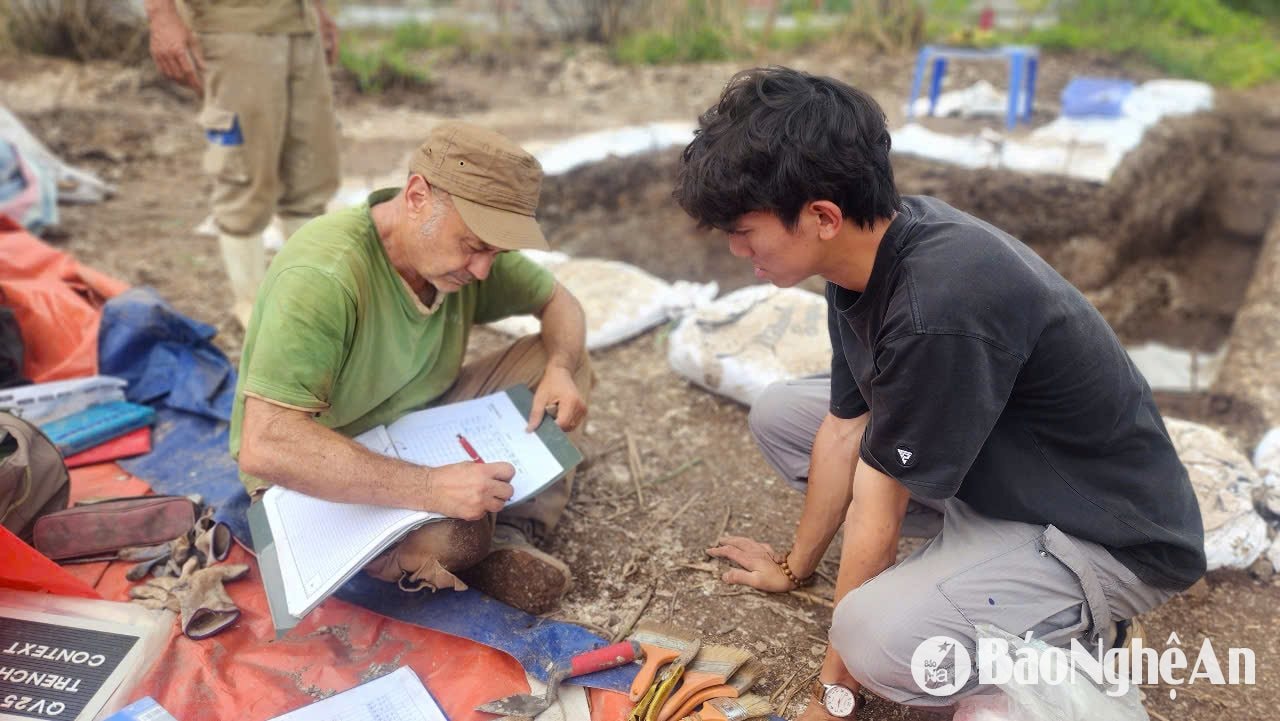
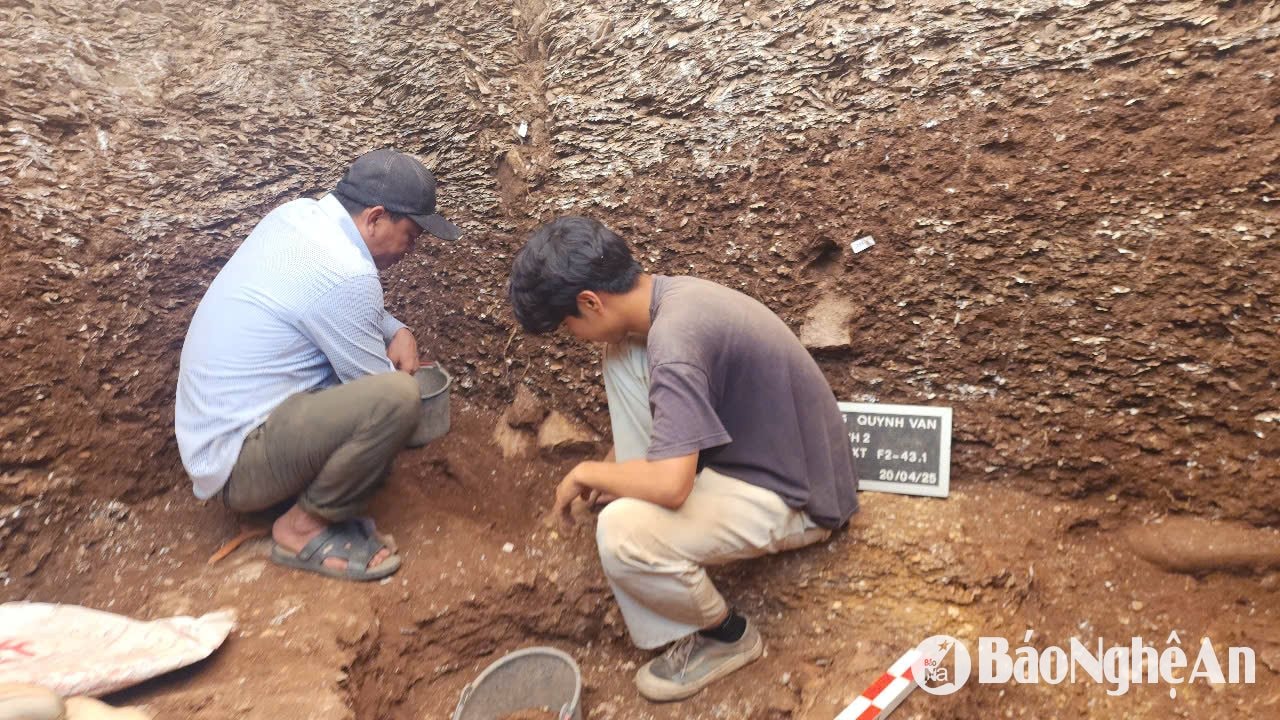
According to preliminary assessments by archaeological experts, the discovery of many artifacts, especially burial sites, during this excavation is one of the important discoveries that contributes to clarifying the historical and cultural value of the Quynh Van area, which is known as an important archaeological site with many significant prehistoric discoveries.
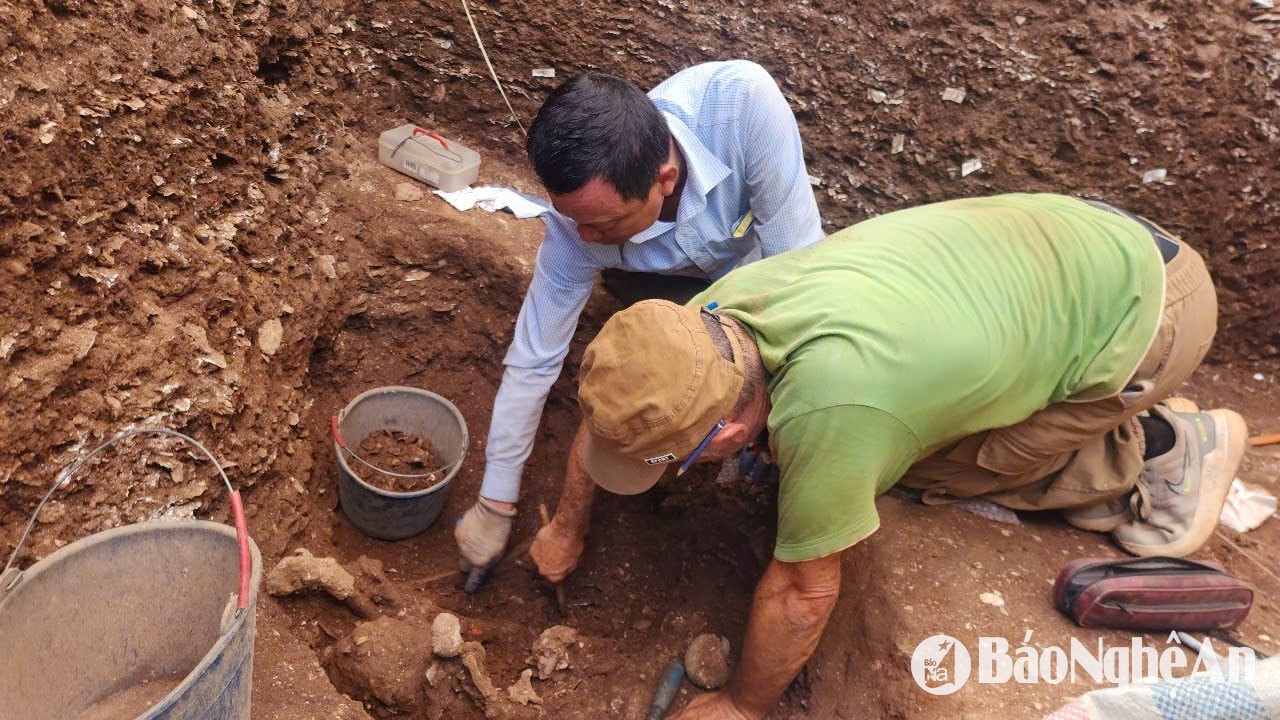
At the end of the excavation, the artifacts and remains will be tested by experts for radioactive carbon - C14 to determine the age as well as to conduct in-depth research on this culture and the results will be announced as soon as possible.
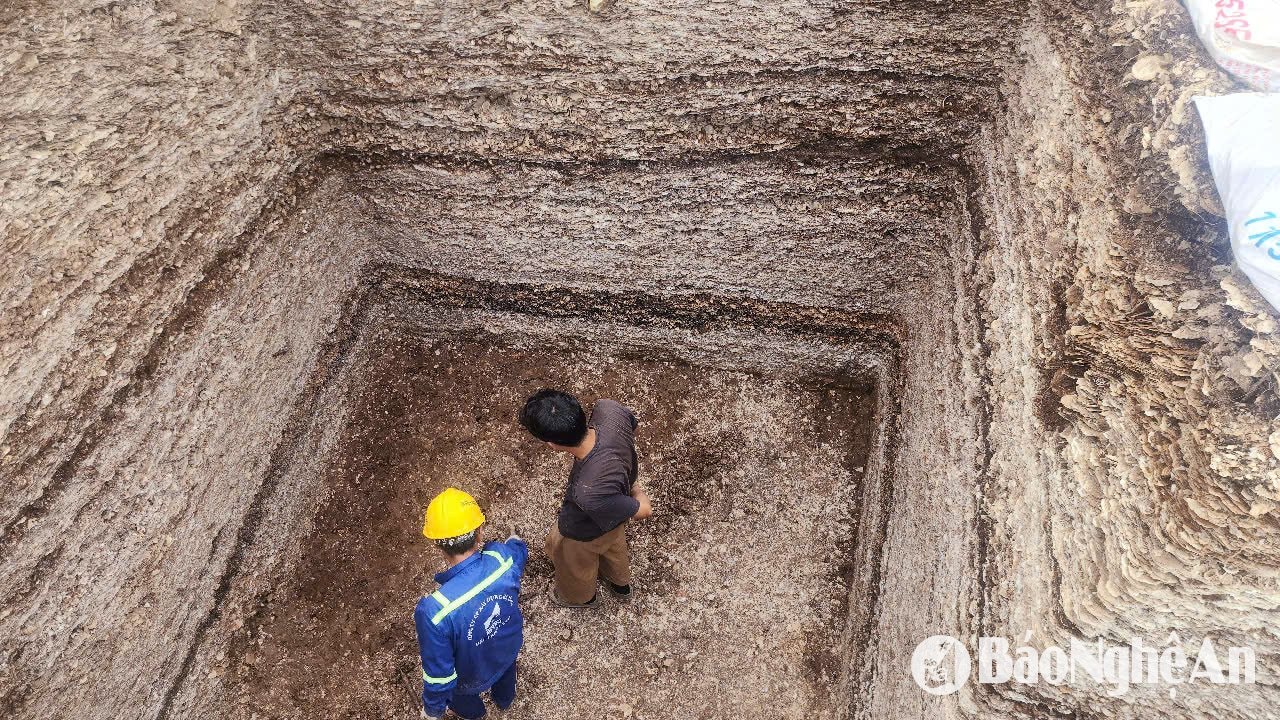
Previously, in 1930-1932, French archaeologist Madeleine Colani excavated scallop sandbar sites in the Cau Giat area, opening the way for research on the Quynh Van culture.
In 1963, archaeologist Phan Ngoc Lien discovered more stone and bone relics in Quynh Van commune, leading to large-scale excavations by the Vietnam Institute of Archaeology in the period 1963-1964 and discovered traces of fire pits, earth pits, burials, human remains, stone tools, bones, crude pottery and mollusk shells. This is where the Quynh Van culture was discovered and named - a typical culture of primitive coastal residents about 5,500 - 3,500 years ago.
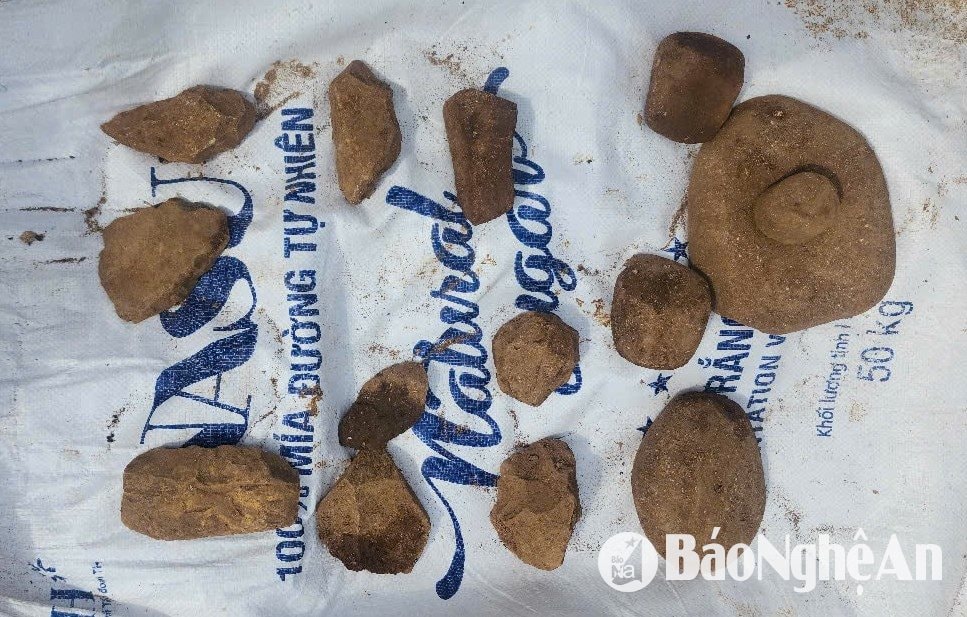
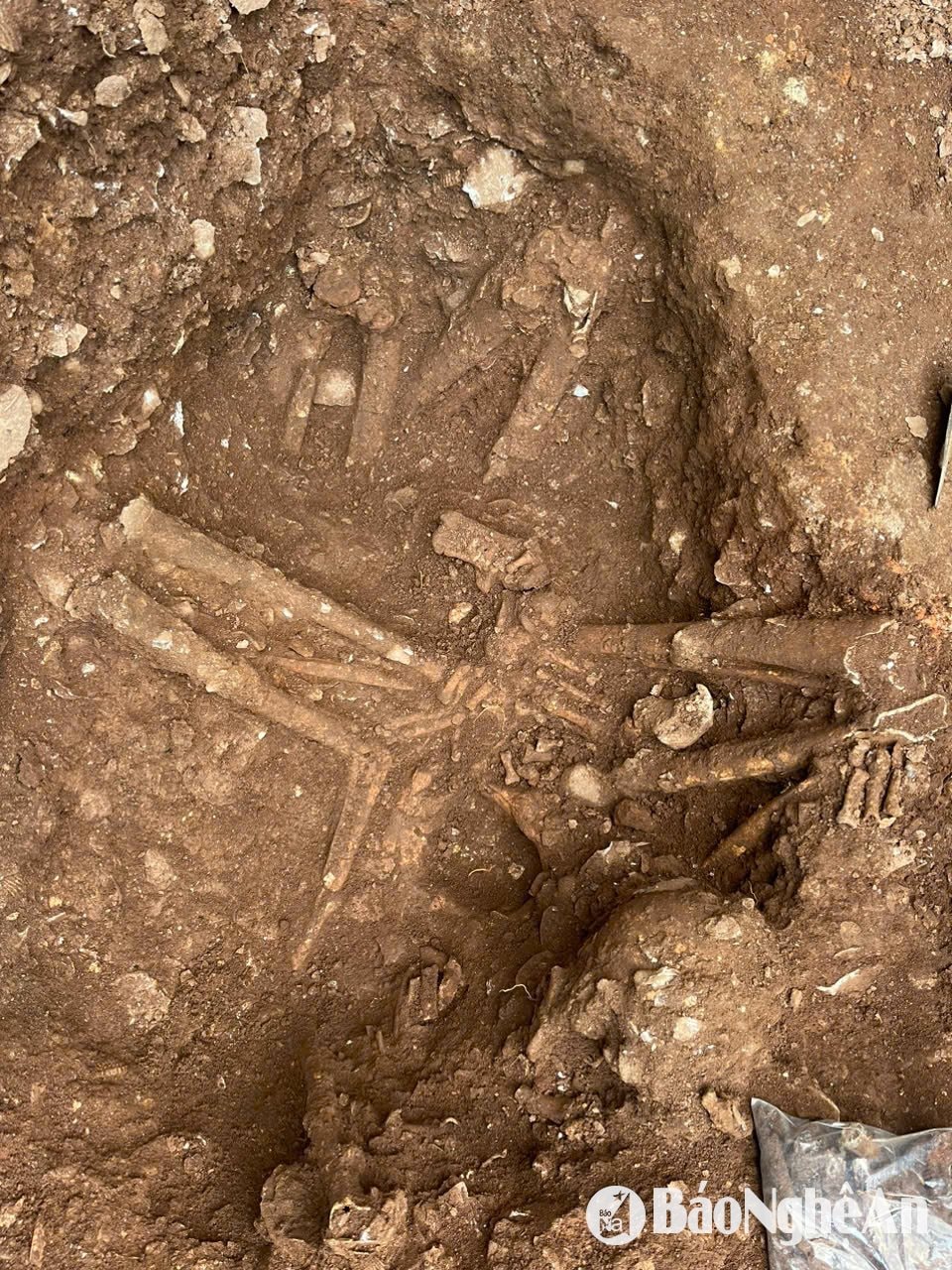
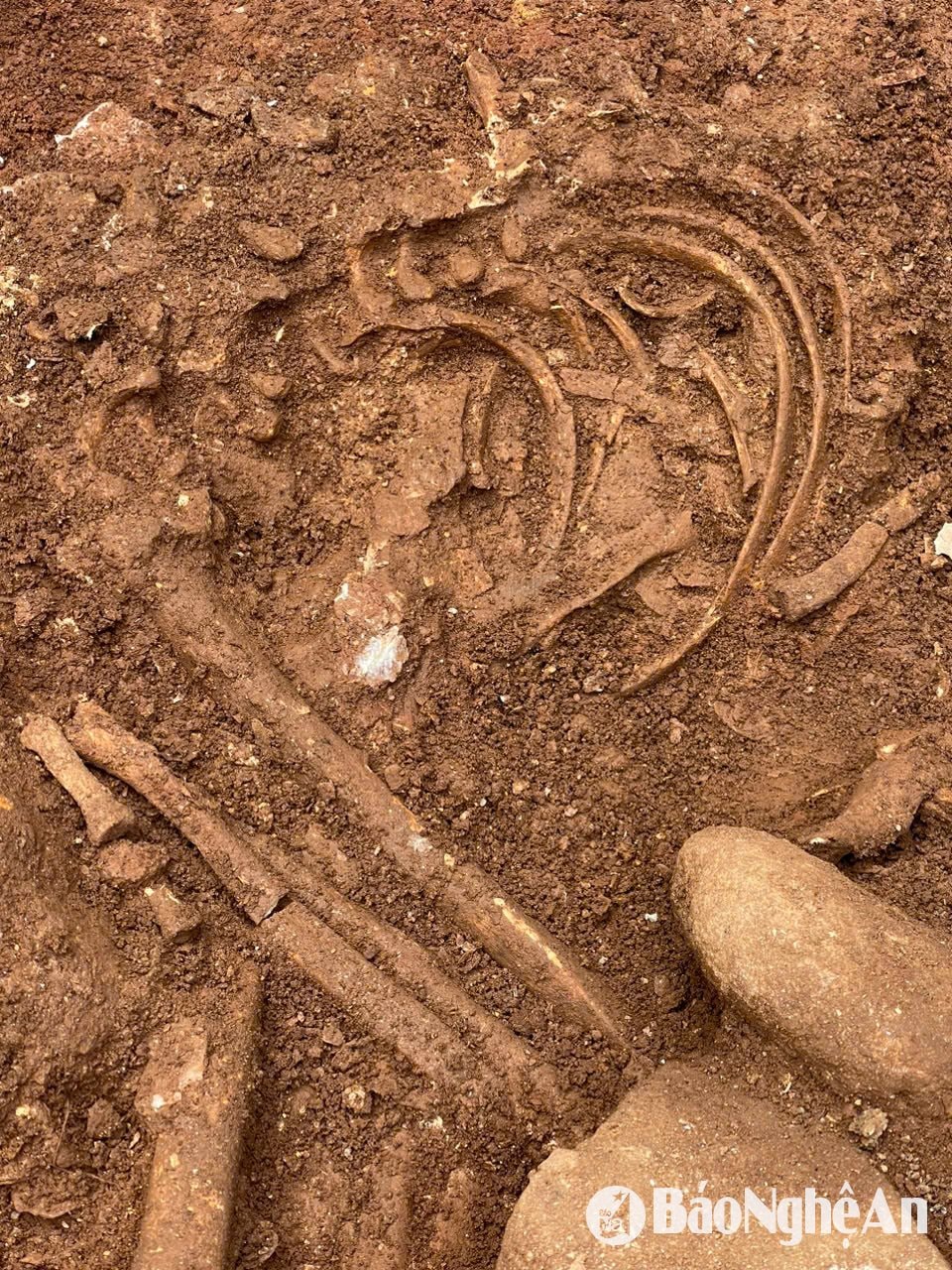
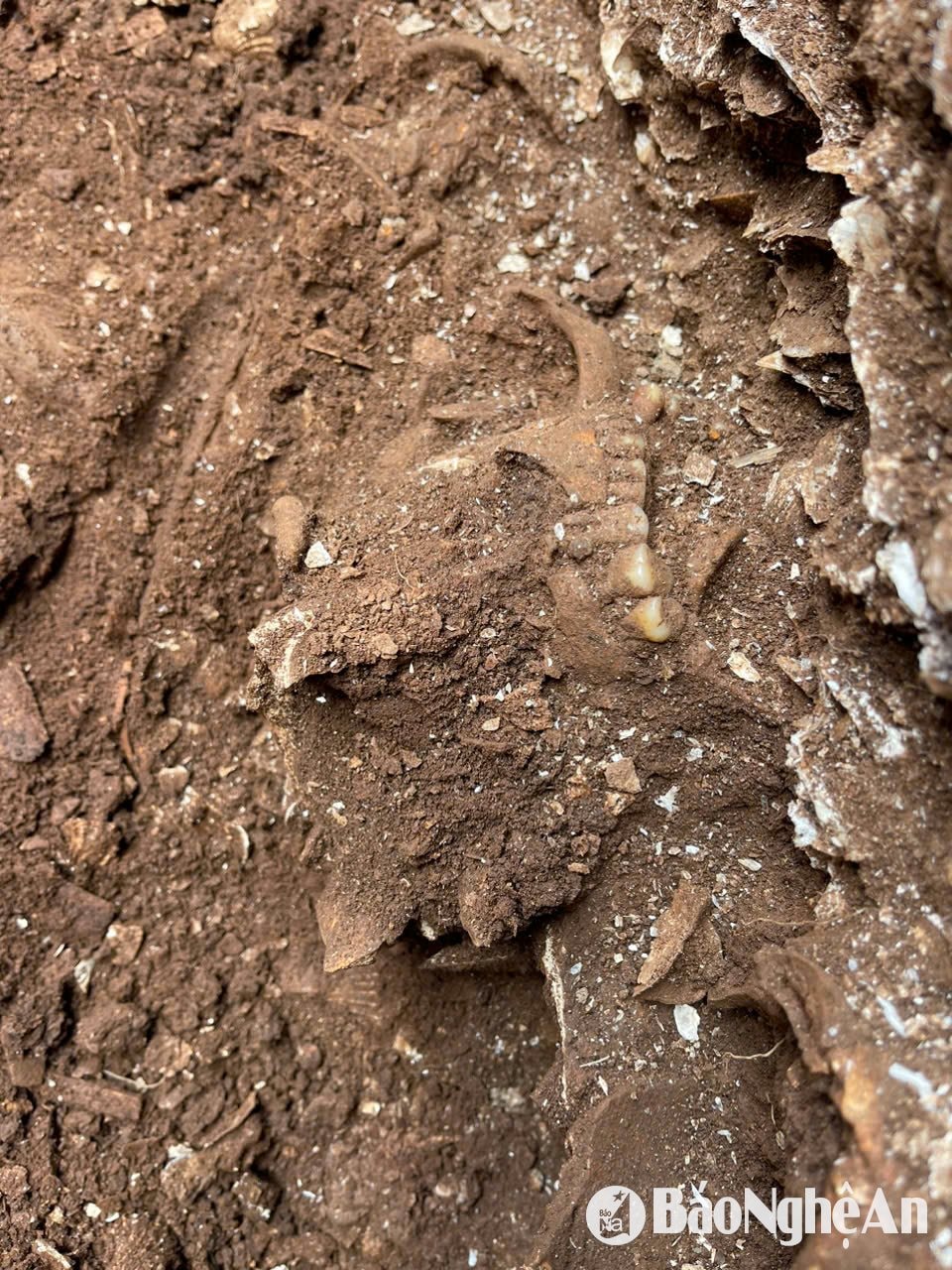
The continued excavation and research of the Quynh Van archaeological site aims to understand and clarify the age of the site, determine the value of the site in the historical process. From there, it contributes more documents to the prehistoric history of Nghe An in particular and the whole country in general, providing scientific evidence for the protection and promotion of the value of the site.
The artifacts seized during the excavation will be kept and preserved at Nghe An Museum, thereby enriching the museum's collection of artifacts, while at the same time effectively serving the preservation, display and promotion of the historical and cultural values of Nghe An./.
Source: https://baonghean.vn/nghe-an-phat-hien-nhieu-di-cot-nguoi-xua-tai-di-chi-khao-co-quynh-van-10295666.html


![[Photo] Party and State leaders attend the special art program "You are Ho Chi Minh"](https://vphoto.vietnam.vn/thumb/1200x675/vietnam/resource/IMAGE/2025/5/18/6895913f94fd4c51aa4564ab14c3f250)

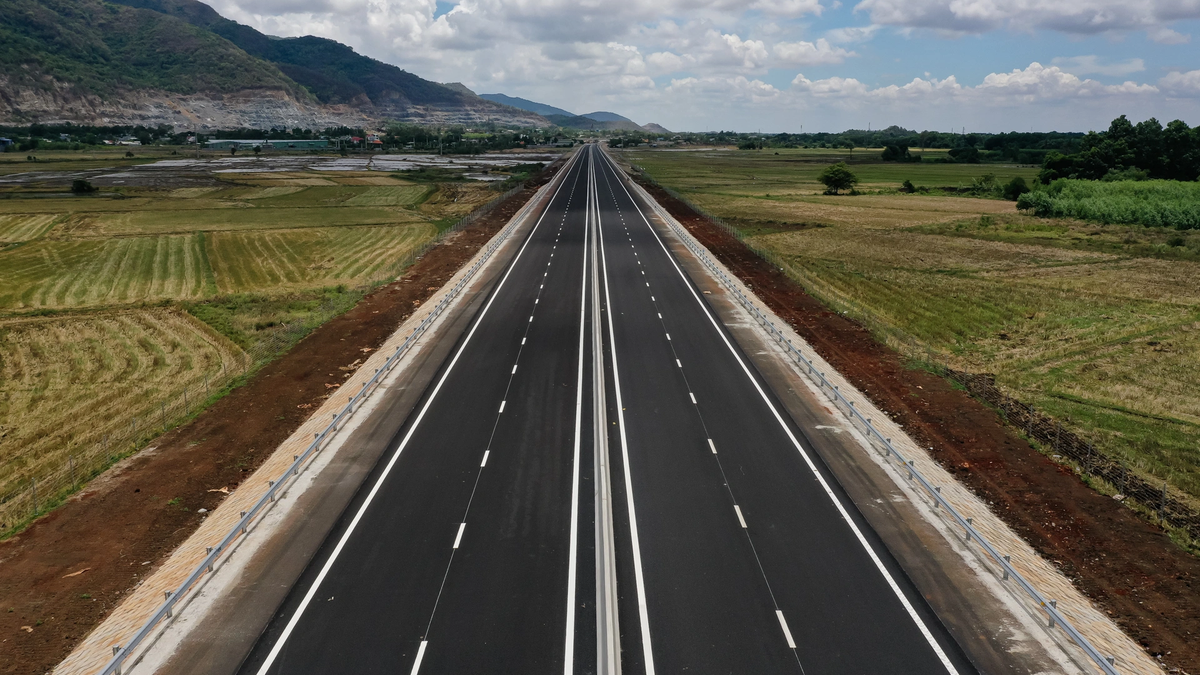
![[Photo] Special flag-raising ceremony to celebrate the 135th birthday of President Ho Chi Minh](https://vphoto.vietnam.vn/thumb/1200x675/vietnam/resource/IMAGE/2025/5/19/1c5ec80249cc4ef3a5226e366e7e58f1)
![[Photo] Party and State leaders visit President Ho Chi Minh's Mausoleum](https://vphoto.vietnam.vn/thumb/1200x675/vietnam/resource/IMAGE/2025/5/19/d7e02f242af84752902b22a7208674ac)











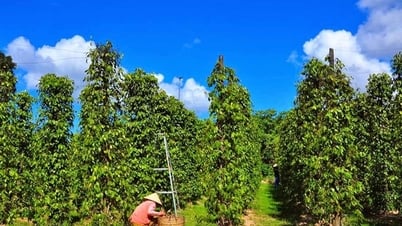




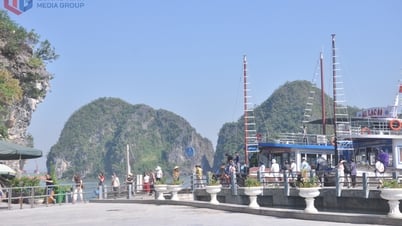



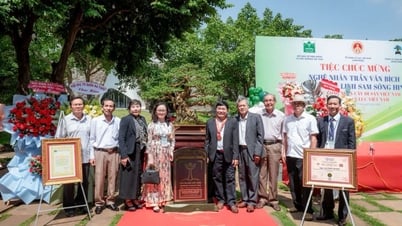












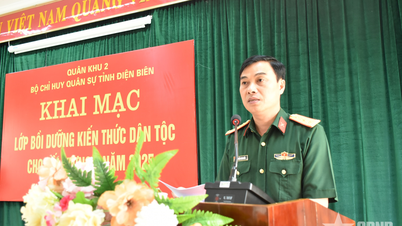










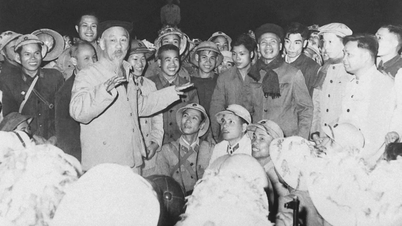
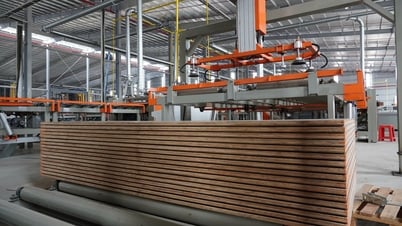











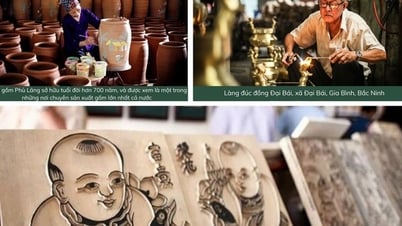







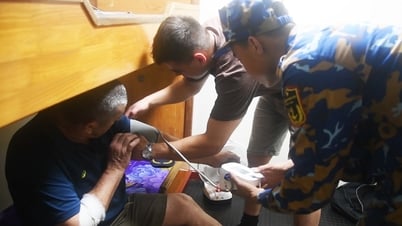










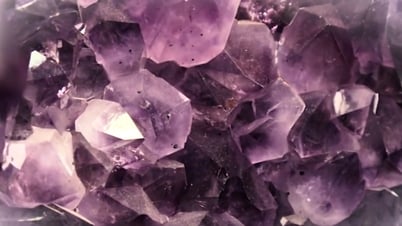




Comment (0)